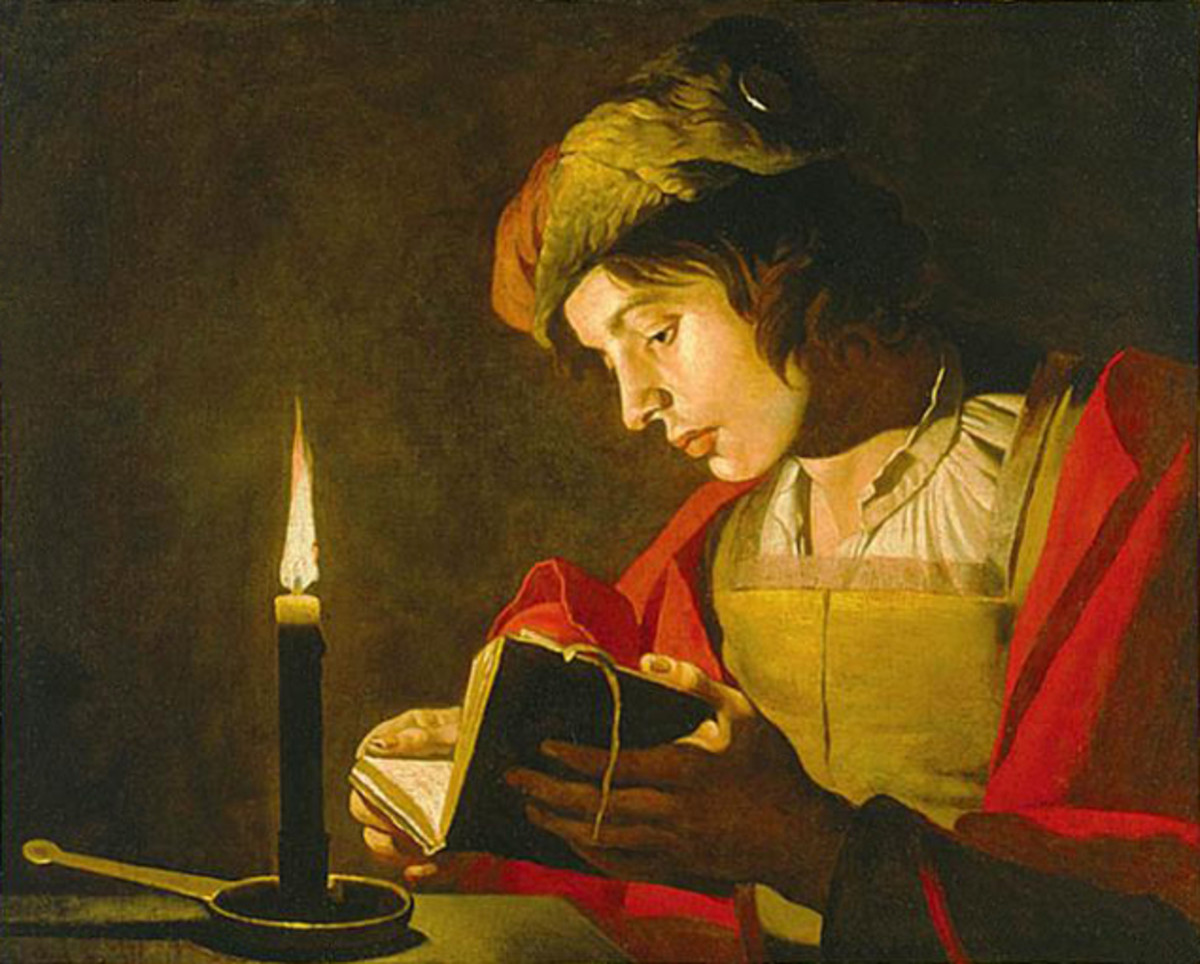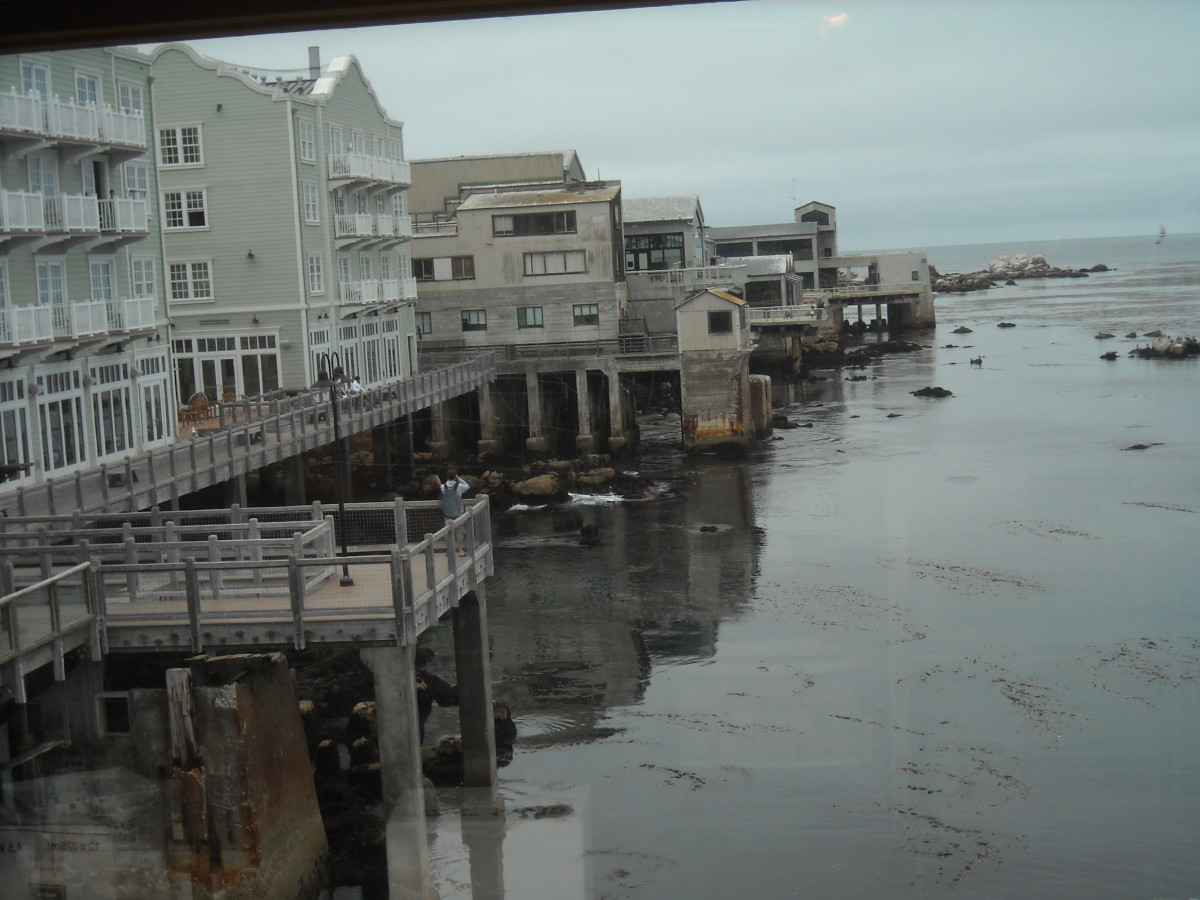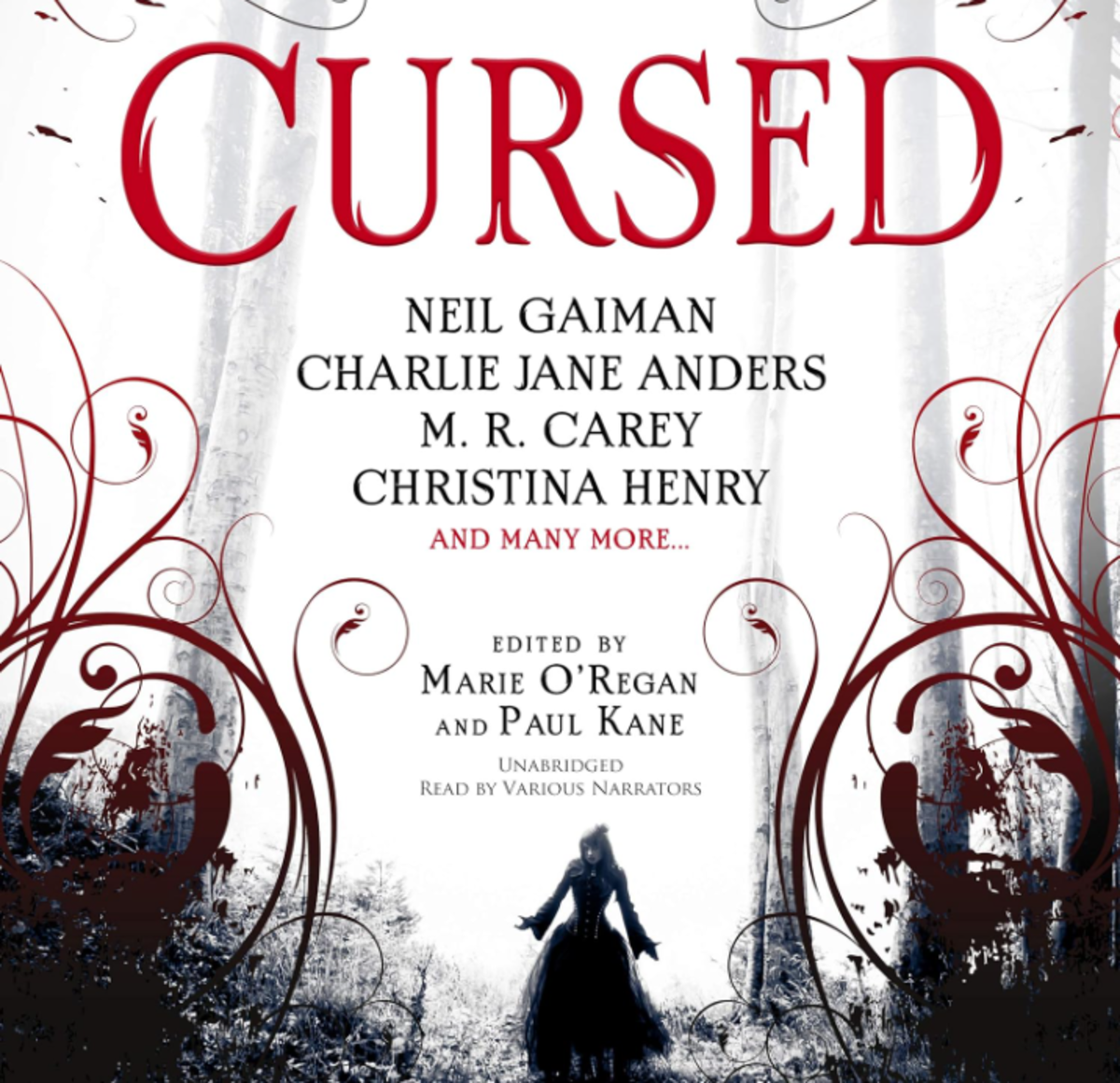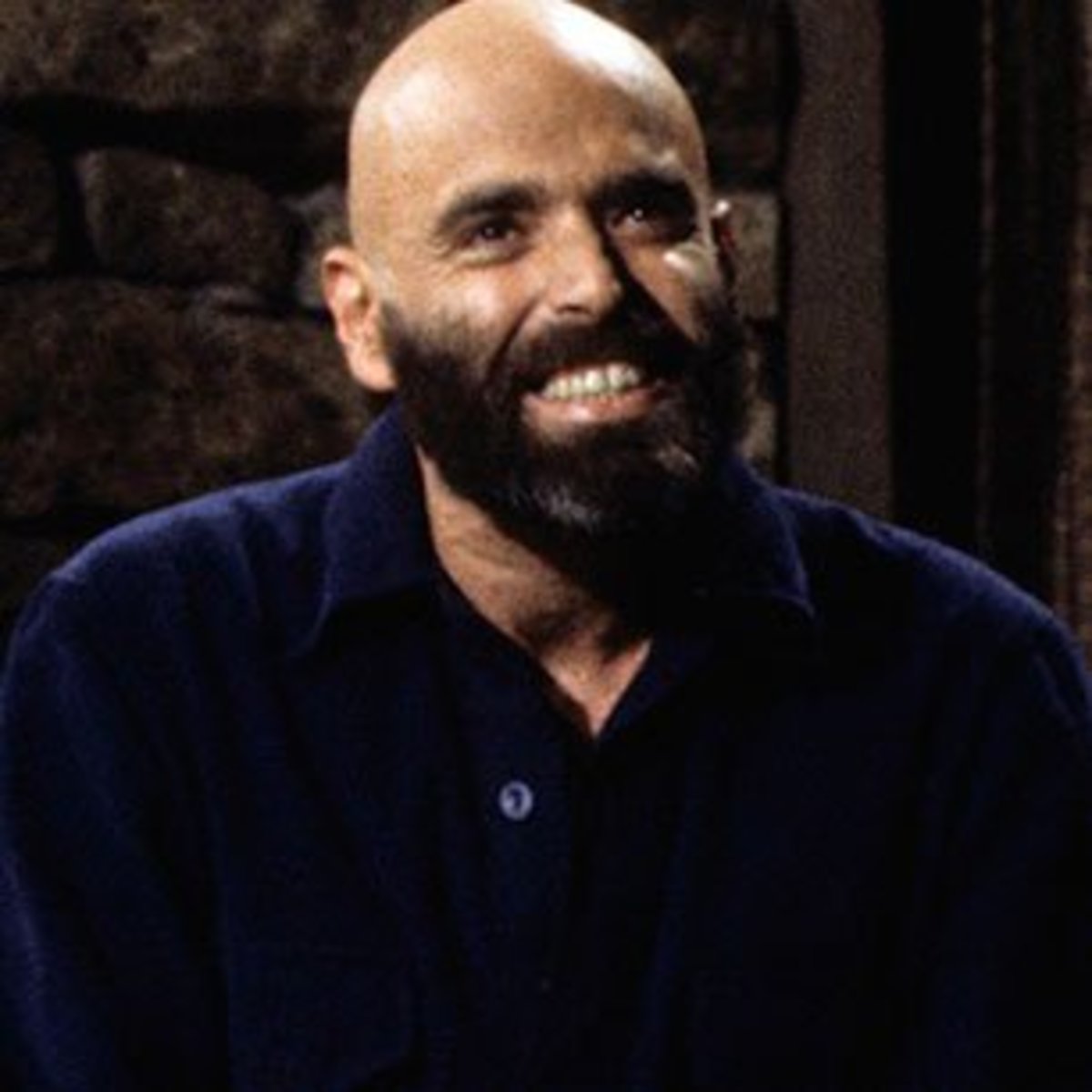John Steinbeck Books
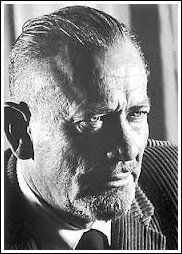
Books by John Steinbeck - American Author
Like Ernest Hemingway, John Steinbeck's books have passed into American folklore, having also been immortalized on the cinema screen. His beginnings were lowly and he worked as a janitor and laborer while continuously learning his chosen trade of Writer.
Steinbeck's particular view of the plight of the working man was to represent the growing consciousness of millions of young people throughout the world. Questions about social equality and justice for all were on everyone's lips and the author helped to crystallize this growing concern in his novels. Over the coming decades the rights of the working man grew and the visible (and unacceptable) face of capitalism retreated under the onslaught.
(Photograph Creative Commons - Photographer Unknown.)
How Many Books Did John Steinbeck Write? - John Steinbeck Book List
Cup of Gold - 929
The Pastures of Heaven - 1932
The Red Pony - 1933
To A God Unknown - 1933
Tortilla Flat - 1935
In Dubious Battle - 1936
Of Mice and Men - 1937
The Long Valley - 1938
The Grapes of Wrath - 1939
Forgotten Village - 1941
Sea of Cortez - 1941
The Moon Is Down - 1942
Bombs Away - 1942
Cannery Row - 1945
The Pearl - 1947
The Wayward Bus - 1947
A Russian Journal - 1948
Burning Bright - 1950
Log from the Sea of Cortez - 1951
East of Eden - 1952
Sweet Thursday - 1954
The Short Reign of Pippin IV - 1957
Once There Was A War - 1958
Winter of Our Discontent - 1961
Travels With Charley: In Search of America - 1962
America and Americans - 1966
Journal of a Novel - 1969
Viva Zapata - 1975
The Acts of King Arthur and His Noble Knights - 1976
The New Social Commentator
Steinbeck Became America's Conscience
It was his contact with ordinary working folk that eventually brought him success, although the first three of John Steinbeck's books were not a critical or commercial success. (Cup of Gold, Pastures of Heaven and To A God Unknown). Receiving critical acclaim for 'Tortilla Flat', he went on to develop his recurrent theme of social injustice, writing 'In Dubious Battle' in 1936.
'Of Mice and Men', the story of two migrant peasant workers was warmly received, and the following 'Grapes of Wrath' was the greatest success of all John Steinbeck books and won him the Pulitzer Prize and also the National Book Award.
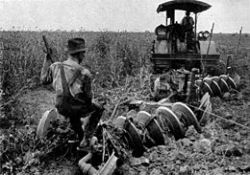
Steinbeck Writes About Common People in Rural USA
Although always making a social comment, many books by John Steinbeck drew in the vibrant humor evident in the tough lives of itinerant farm laborers, and particularly immigrants. His book 'Cannery Row' was a playful romp amongst the low-life of post-war Monterey, whose depths were inhabited by a motley crew of Mexican immigrants living rough, Flora and her girls of the Bear Flag brothel, and Doc, a research scientist. The success of Cannery Row was followed with 'Sweet Thursday'.
(Photograph Creative Commons.)
The figure of of Doc himself was a very loosely disguised friend of Steinbecks' called Ed Ricketts, who was a marine biologist. Of some the several documentaries found in John Steinbeck books, 'The Log From The Sea of Cortez' was a study of the fauna around the Gulf of California. Even though more of a light hearted approach than East of Eden or Dubious Battle, social comment was always evident in Steinbeck's two novel portrait of life on Cannery Row, and often causes the reader to reflect on the nature of our human circumstances.
In later years, John Steinbeck books were much softer, and generally didn't carry the incisive comment about the richer classes and their abuse of poor labor. None of the later books achieved the critical acclaim of Grapes of Wrath, even East of Eden, which Steinbeck declared 'the big one'. He also penned a few dubious wartime propaganda novels, such as 'The Moon Is Down', and interesting biographical travel documentaries such as Travels With Charley.
Of Mice and Men
Steinbeck's Portrayal Of Friendship, Need and Love
The title of one of John Steinbeck's most famous books comes from a poem about a mouse by Robert Burns, a Scottish poet. Loosely translated (the original was written in old Scottish prose) it says " the best laid plans of mice and men oft go awry". The central theme of Of Mice and Men is exactly that. It demonstrates poignantly how we strive for the best, reach for heaven and often the result is very different, leaving us in tears.
The two main characters, and friends of indeterminate tenure, are called Lennie and George and their aim is to work enough to save a little money so that they can live the good life somewhere. Lennie is a huge giant of a man of slow intellect, while Lennie is wiry and sharp of mind. Although, George seems unkind to Lennie at times, he looks out for him and keeps him on the straight and narrow while they travel across the land, working whenever they can, and stealing a little when they can't.
The pattern continues until they arrive at a ranch with a bosses son that has a mean streak, who in turn has a pretty wife that is bored with her lonely life. It soon surfaces that Lennie has a dark secret in his past ...
Being very jealous, and having a very pretty wife, he imagines that every man is looking at her and would like to take her away. It's true that men do look at her because of her looks, but when big Lennie looks a little too long, trouble brews and quickly erupts. After a run in with Curly, boss's son, his wife turns her curious attention on Lennie with disastrous results. Lennie is gentle and kind, but is easily upset and doesn't know his own strength. John Steinbeck's Of Mice and Men is a must read for the student of humanity and American literature.
Grapes Of Wrath
Few books have gripped the consciousness of the mass of American people like John Steinbeck's great novel, Grapes of Wrath. It won immediate critical acclaim and was a commercial success, eventually selling millions worldwide. What was it about this book that captured people's attention and admiration?
First of all, although the differences between the haves and the have-nots in society have always been with us, the Great Depression made it more obvious - it brought it home. When Steinbeck articulated this grossly unfair situation, the people recognized it immediately. A society cannot call itself caring and just, if the poorer part suffer in a time financial hardship.
In the setting of the share cropping crisis of the 1930s, a time of devastating drought and extreme poverty drove a family from their home to seek the good life in California - Grapes Of Wrath is their story ...

Arriving in California, they found things were not as they were led to believe. There was some fruit picking work, but not at a decent rate of pay, and they also lived in camps with guards, while their movements were restricted. The fruit farmers had distributed many more leaflets than necessary to fulfill their labor needs, and so the Joads had jumped from the frying pan into the fire. Tom Joad became involved with resistance and the tentative creation of a Worker's Union - a very dangerous thing in those times, when people were all too ready to brand a troublemaker as a red agitator, or a communist. The Grapes of Wrath by John Steinbeck is an extremely powerful novel and thoroughly recommended.
The Pearl
The Short Classic Book Based On A Fisherman's Story
In the small town of La Paz, Coyotito, the baby son of a poor fisherman (Kino), is stung by a venomous scorpion. His wife, Juana, is out of her mind with worry as they don't have the money to pay for a doctor. Kino finds an enormous pearl, which seems to be the end of their worries - they can sell it to pay for a doctor and other things. However, things seldom work out as we think they will.
The whole town soon gets to hear about the find and greed becomes rampant. After Kino is attacked at home, he decides to get rid of it and takes it to local pearl buyers, who collaborated beforehand and refused to offer him a fair price. Kino makes up his mind to travel to the big city to sell his pearl.
His wife Juana see that it brings nothing but trouble and tries to throw the pearl into the sea. She sneaks out at night, but Kino follows her, retrieves the pearl and attacks his wife, leaving here on the beach. As he returns home, he is in turn attacked by a man, who he kills, dropping the pearl in the process. He thinks it is lost, but Juana returns and finds it.

Before he attacks, one of the men hears a cry like that of a baby and fires his rifle into the dark night, in the direction of the cry. Kino jumps out, grabs the gun and kills the men. Tragedy strikes when Kino returns to the cave and finds that the man's bullet has hit his baby son. They return to La Paz to bury their son's body and they return the pearl to the ocean where they found it.
East Of Eden
Steinbeck's Self-Professed Masterpiece
East of Eden was published in 1952 and Steinbeck said that it was his ultimate book, reflecting that contained all that he had learned previously. The story is woven in and around Salinas Valley and it has been said that he wanted to give the reader the sound, feel and taste of this area he knew so well.
The main story focuses on two brothers. The biblical references to Cain and Abel are obvious, as the brothers are very different - good and bad! The critics didn't quite agree with Steinbeck's idea that this was his best novel, but it remains a powerful classic.
The novel attracted much attention, even if feelings about it's worth are mixed. It's a work of enormous importance and a powerful film of the same name was made starring James Dean who played Cal - perfect casting for the dark and moody brother.
East Of Eden - Original Trailer (James Dean)
![East of Eden (Two-Disc Special Edition) [DVD]](https://m.media-amazon.com/images/I/51JkL0GobKL._SL160_.jpg)
Cannery Row
Published in 1945
Steinbeck's Cannery Row was published before East Of Eden and was a very different affair, introducing a comedic approach to his constant observation of class, money and human dignity. Set in the Great Depression, the book revolves around the character of one Ed Ricketts, and his relationships with the other inhabitants of Ocean View Avenue in Monterey, for this was the real name of Cannery Row. Incidentally, the town fathers of Monterey changed the name of the street to 'Cannery Row', in honor of Steinbeck's novel.

At this level, the book displays beautifully the difference between educated intelligence (Doc) and cunning (Mack). Each time Mack speaks, Doc is trying to figure out what the angle is. What is he really saying? The novel is filled with poignancy and illustrates the nonsense of modern life - appearances are deceptive and hardly anyone gets what they really need (or do they?)

Cannery Row and Sweet Thursday Trilogy?
Special Note From Jim The Writer
When I first came across the books of John Steinbeck, I was instantly hooked. I cannot remember exactly which ones I read first, but it was probably 'Of Mice And Men'. The direct prose and concern for the downtrodden appealed to me (it was the 60s, after all!) and I was thirsty for more.
From the age of 18 to 21, I digested all of his works, some of them twice. Of course, the Grapes Of Wrath, East Of Eden, and The Pastures Of Heaven are all classic examples of this modern post-Hemingway style, but my great love was Cannery Row. In fact, I missed them so much, that when I was approaching thirty years of age, I decided to write a third book in the series Cannery Row/Sweet Thursday. It happened like this ...
Ed Ricketts Lab In Modern Day Cannery Row
![LordHarris at the English language Wikipedia [GFDL (http://www.gnu.org/copyleft/fdl.html) or CC-BY-SA-3.0 (http://creativecommons.org/licenses/by-sa/3.0/)], via Wikimedia Commons LordHarris at the English language Wikipedia [GFDL (http://www.gnu.org/copyleft/fdl.html) or CC-BY-SA-3.0 (http://creativecommons.org/licenses/by-sa/3.0/)], via Wikimedia Commons](https://usercontent2.hubstatic.com/10452567_f520.jpg)
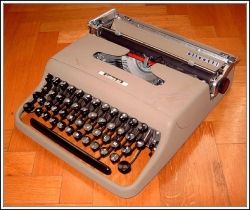
After moving from the North of England to the South, I happened to find an old copy of Cannery Row and read it through again. Now at this time, I had a perfectly good job and making a great living. Imagine my wife's surprise (and my Bank Manager's) when I proudly announced that I was going to take a year off and write the third novel to partner Steinbeck's masterpieces.
One week later I found myself sitting in front of a blank piece of paper sticking out of my typewriter and realizing just what I had done. I had absolutely no idea how to write anything, never mind a complete novel. Eventually, I set to and started to write. When asked how to write a book, Steinbeck himself replied, " A page a day! , so this is exactly what I did. I wrote furiously for an hour (or so) each day; telling myself that I would sort out the good from the bad later on.
Quite soon I had a manuscript that was probably enough for a short novel. Unfortunately, upon reading it from start to finish, the startling truth dawned. It was complete nonsense with no literary value at all. There was one sentence out of the thousands that I wrote that I considered to be, well, interesting - it went like this:
"The moonlight reflected from his gold tooth as he waited in hiding with his caballeros."
I started looking for a job the very next day and will forever hold the profession of writing in the highest regard.


